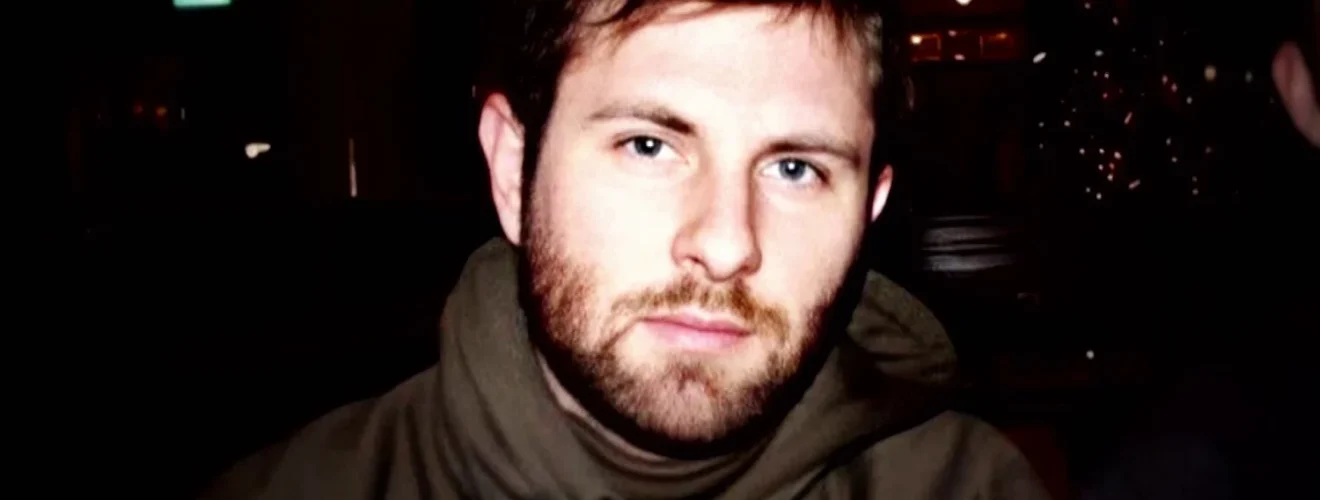“Behind Door 813”: Dateline Reports on Jonathan Crews Homicide July 25 2025

On Friday, July 25, 2025, Dateline NBC aired a two-hour special titled Behind Door 813, reported by Josh Mankiewicz. The episode examined the mysterious and unsettling death of 27-year-old Jonathan Crews in Coppell, Texas, and the years-long battle by his family to uncover what really happened. Jonathan was found dead from a gunshot wound to the chest in his apartment in February 2014. His girlfriend, Brenda Lazaro, claimed he had shot himself to prove his love for her. The Crews family, however, never accepted that explanation and launched their own investigation to challenge what they believed to be a deeply flawed official inquiry.
The broadcast detailed not only the night Jonathan died but also the tireless efforts made by his family, including hiring private investigator Sheila Wysocki. The report took viewers deep inside the courtroom, the investigation, and the lives of those who refused to let the case fade away without answers. Through new interviews, civil court revelations, and expert analysis, Dateline provided a comprehensive look at a case that has haunted a North Texas community for over a decade.
Contents
The Night of the Shooting: A Troubling Narrative
On the night of February 2, 2014, Brenda Lazaro made a 911 call from Jonathan Crews’ apartment, stating that he had shot himself. According to Lazaro, Jonathan had taken the fatal step as a dramatic declaration of love. He was found with a single gunshot wound to the chest, and Lazaro was the only other person present in the apartment.
However, her account raised significant suspicions. The timing of the call, her delayed efforts to seek help, and inconsistencies in her story led the Crews family to question the official narrative. Some of her friends recalled her saying Jonathan had shot himself in the head, while others remembered her saying it was in the chest—conflicting recollections that would later become critical in the civil trial. A neighbor also testified to hearing the gunshot about 30 minutes before Lazaro knocked on her door seeking the apartment complex’s address, which further contributed to the doubts surrounding her version of events.
A Stalled Investigation and Medical Examiner’s Ambiguity
Despite being initially classified as a homicide in early police reports, the Dallas County Medical Examiner’s Office could not determine whether the gunshot wound was self-inflicted or the result of foul play. The lack of a definitive cause of death left the case in legal limbo. No criminal charges were ever filed, and the Coppell Police Department eventually closed its investigation without reaching a conclusion.
This ambiguity frustrated the Crews family. Jonathan’s mother, Pam Crews, maintained that her son was planning to break up with Lazaro, making the idea that he would kill himself for her unlikely. Supporting this claim were text messages Jonathan sent to his sister the night of his death, including discussions about ending the relationship.
The Civil Trial: A Verdict of Accountability
In 2016, the Crews family took their fight to civil court, suing Lazaro for wrongful death. It was during the 2022 civil trial that many of the case’s details were brought to light. Jurors heard testimony from a retired Houston police detective who argued that the physical evidence did not support suicide. Crews had injured his shoulder days earlier, making it improbable that he could have contorted his body to fire a gun into the left side of his chest.
Additionally, gunshot residue testing revealed more residue on Lazaro’s hands and clothing than on Crews himself. Though the defense argued that Crews’ palms and clothing were not tested, and that Lazaro may have acquired residue while trying to help him, jurors found the evidence compelling.
After just two and a half hours of deliberation, a Dallas County civil jury unanimously found Brenda Lazaro—then using her married name Brenda Kelly—liable for Jonathan’s death. They awarded the Crews family $206 million in damages. The defense argued that the civil burden of proof was low and maintained Kelly’s innocence. Still, the verdict brought a form of closure to the Crews family, though not legal justice in the criminal sense.
Lingering Questions and a Push for Accountability
Despite the civil court victory, the official classification of Jonathan’s death remains undetermined. In 2024, Pamela Crews and Sheila Wysocki traveled to Washington, D.C., alongside other families with unresolved deaths, to request the appointment of special prosecutors for cases they believe were mishandled. They met with Texas lawmakers, seeking systemic changes that could lead to more thorough investigations in similar cases.
The Crews family’s journey underscores a broader issue within the justice system—how some deaths, when lacking immediate clarity, can fall through institutional cracks. Without the persistence of Jonathan’s parents and the help of advocates like Wysocki, the case might have remained forgotten.
Legacy of the Case and the Role of Advocacy
Behind Door 813 illustrated how the justice system can sometimes rely on the tenacity of victims’ families to reach the truth. For over a decade, the Crews family pursued the facts, challenged official narratives, and demanded transparency. Their work led to a landmark civil verdict and has become part of a larger conversation about wrongful death investigations.
Though Brenda Lazaro has not been criminally charged, and still maintains her innocence, the civil court’s finding provided a measure of resolution for Jonathan’s loved ones. Dateline’s feature served not only as a record of the Crews family’s long pursuit but also as a call to continue reexamining cases that were prematurely closed or left unresolved.
The story behind Door 813 is one of perseverance, unanswered questions, and the enduring pursuit of justice in a system where closure often requires more than just patience—it requires action.








